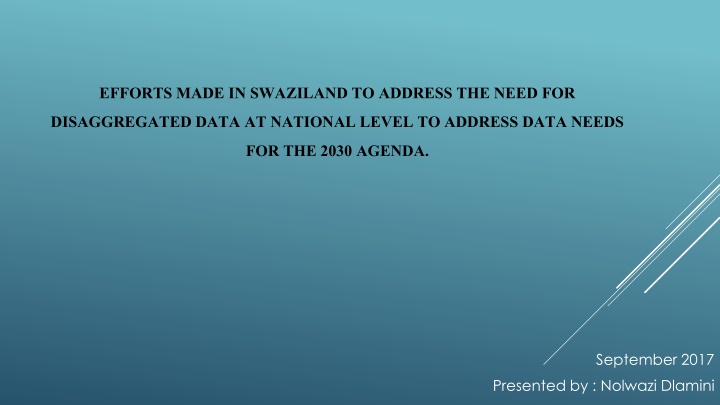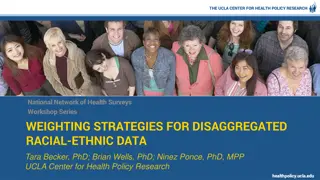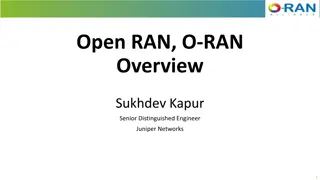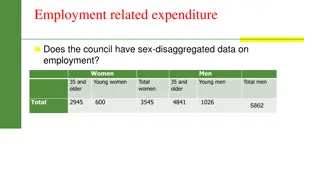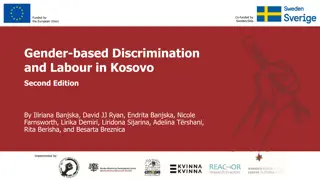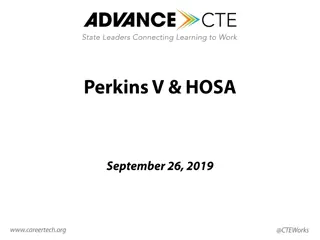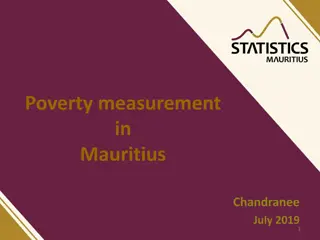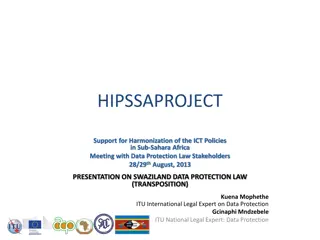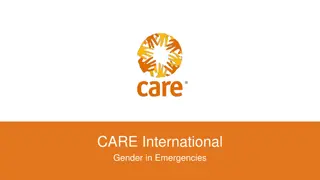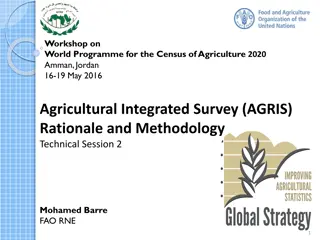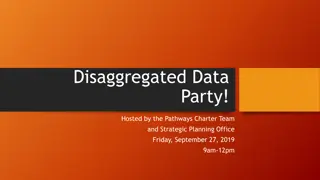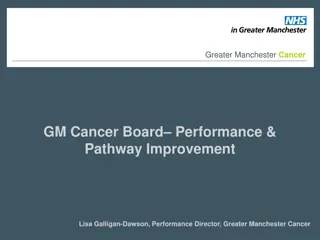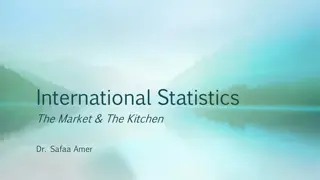Efforts in Swaziland for Disaggregated Data Needs
Disaggregation of data in Swaziland is crucial for comprehensive analysis and ensuring no one is left behind in development efforts. Efforts have been made to collect data by various vulnerable groups and levels of disaggregation, however, challenges remain in data governance and clear guidelines for effective disaggregation.
Download Presentation

Please find below an Image/Link to download the presentation.
The content on the website is provided AS IS for your information and personal use only. It may not be sold, licensed, or shared on other websites without obtaining consent from the author.If you encounter any issues during the download, it is possible that the publisher has removed the file from their server.
You are allowed to download the files provided on this website for personal or commercial use, subject to the condition that they are used lawfully. All files are the property of their respective owners.
The content on the website is provided AS IS for your information and personal use only. It may not be sold, licensed, or shared on other websites without obtaining consent from the author.
E N D
Presentation Transcript
EFFORTS MADE IN SWAZILAND TO ADDRESS THE NEED FOR DISAGGREGATED DATA AT NATIONAL LEVEL TO ADDRESS DATA NEEDS FOR THE 2030 AGENDA. September 2017 Presented by : Nolwazi Dlamini
INTRODUCTION Disaggregation of data is a necessary step in fully understanding the needs of a population in a country. When collecting data for Censuses and Surveys, the Central Statistical Office ensures that the data is produced and disseminated in a disaggregated manner, that is by age and sex.
AVAILABLE DATA FOR DISAGGREGATION BY VULNERABLE GROUPS Sex Age Citizenship Education Migration Health Occupation Industry Access to water and sanitation Assets and ownership Agriculture Survivorship Household income Household expenditure
LEVELS OF DISAGGREGATION Administrative levels ( 52 Tinkhundla) Geographical location (Urban, rural) Regions (Hhohho, Manzini, Shiselweni, Lubombo)
EFFORTS MADE TO ENSURE THAT NO ONE IS LEFT BEHIND In the 2017 Population and Housing Census, a scaled response question was used for disability in line with UN recommendations for disability. New questions on albinism and epilepsy were also included. In trying to further look at how specific subgroups are performing, the 2017 PHC introduced a question on religion, so as to have more detailed information about the educational performance and health needs of certain population groups. A module was formulated with the help of UNESCO to measure some issues on culture in MICS 2014, as there was no standard question on it.
LIMITATIONS IN EFFORTS MADE Disaggregation of data is guided by the users` needs and demands, whereas there is no clear system/ guidelines on how to disaggregate data, so as to try expose underlying trends and issues such as achievement gaps, opportunity gaps, learning gaps, and other inequities in a population. For example, Information on albinism is a sensitive topic, thus can not be reported at geographical levels. We are still trying to establish a data governance structure that is effective in its operations at every level.
